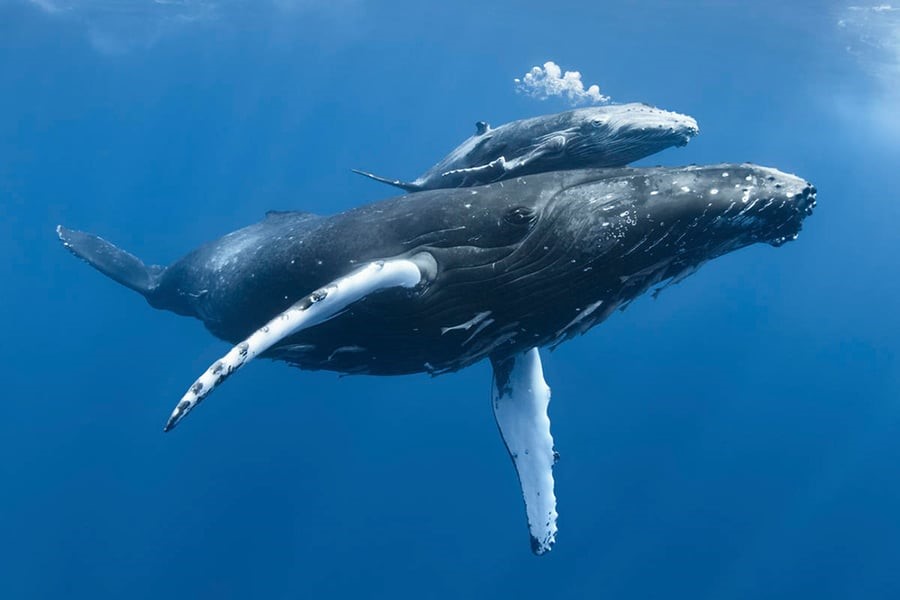What are High Seas?
After almost a decade of negotiations, countries have reached an agreement on a treaty to protect and sustainably use marine biodiversity beyond national boundaries on the high seas. This breakthrough comes after 2 weeks of talks at the Intergovernmental Conference (IGC) on Marine Biodiversity of Areas Beyond National Jurisdiction in New York. The high seas are areas situated beyond 200 nautical miles from coastal countries’ exclusive economic zones.
What are high seas?
The United Nations define high seas as “The parts of the sea that do not include the internal water of a state”. Internal waters are territorial waters. In other words, these waters are used by a country. The country may use it for any purpose like fishing, oil drilling, etc.
What is included in high seas?
The high seas are also called transboundary waters or international waters. It includes marine ecosystems, estuaries, rivers, regional seas, groundwater systems, wetlands, etc. No country shall profess sovereignty over the high seas.
What is Convention on the High Seas?
63 countries have signed this treaty. It draws boundaries at sea. It established the United Nations Convention on the Law of the Sea, that is, UNCLOS. The UNCLOS creates a legal framework for maritime activities.
Current Major issues over high seas
- Arctic Ocean: The Northwest passage is claimed by Canada. EU and USA say the passage is an international strait
- Southern Ocean: Australia claims a part of Antarctic territories. Only four countries support this. The rest of the world is against this
- Okinotorishima: Japan claims this islet. Other neighbouring countries oppose this
- South China Sea: China claims the WHOLE of it. Neighbouring countries consider it a high sea
What is the need for a treaty on the high seas?
High seas are facing various threats such as overfishing, illegal fishing, mining, pollution, habitat loss, and climate change. The new international treaty aims to increase the percentage of protected areas on the high seas, where only 1.44% is currently protected. It will enter into force when at least 60 countries ratify it, but concerns remain as this process could take some time.
Month: Current Affairs - March, 2023
Category: International / World Current Affairs


